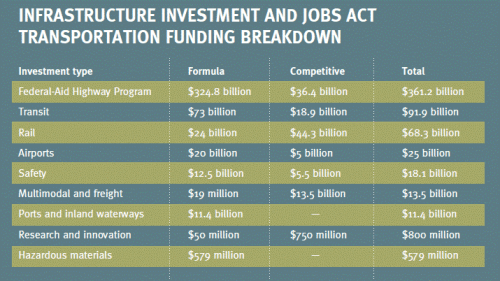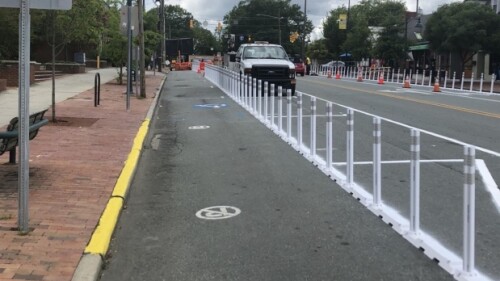Transit-Oriented Development
City planners across North Carolina’s rural, suburban, and urban environments assert that a vibrant walkable downtown is their goal. They’re aiming to put that value into practice using a broad range of transportation options with help from the funding in the 2022 Bipartisan Infrastructure Law.
What ULI members need to know to ensure that revenues support equitable decarbonization of the built environment.
Since 2019, Toronto’s Housing Now initiative has activated city-owned sites for the development of affordable housing within mixed-income, mixed-use, and transit-oriented communities.
Physical distancing and restriction of travel were some of the earliest and most effective and widespread strategies enacted worldwide to control the transmission of COVID-19. Roads emptied of typical automobile traffic, and many were used in new ways to support the needs of communities. Cities used roadways to create space for walking and bicycling, outdoor commerce, and queuing for essential services, with the implementation of these programs moving abnormally quickly to respond to an increased demand.
The success of Chicago’s push in recent years to support development near public transit had a problem, according to Charlton Hamer, senior vice president of local developer Habitat Affordable Group: The popularity of the new projects created inequity because many people could not afford to live in them.
Panelists at a ULI New York event shared some of the plans for the future by the Port Authority of New York and New Jersey to leverage both public and private investments to update the three airports that serve New York City.
By 2040, metro Atlanta is projected to grow by 2.5 million people, bringing it to 8 million people, according to the Atlanta Regional Commission. Understanding how transportation and land use can accommodate this increase was one of the subjects discussed at a recent ULI Atlanta event. The event was cohosted in partnership with Perimeter Connects and the Perimeter Community Improvement Districts.
Incentivized by city parking policies, private developers provide fewer parking spaces or increase density in new projects.
Speaking at a recent ULI event in Fort Lauderdale, Dean Trantalis, mayor of Fort Lauderdale, was joined by Broward County Mayor Mark Bogen and Jenni Morejon, the president and CEO of the Fort Lauderdale Downtown Development Authority, on a panel discussing some of the short-term policies being implemented to make major strides for local residents, tourists, and companies alike.
Autonomous vehicles will remake cities in ways we are only beginning to imagine. Architects and planners have to envision structures now that will fit into that future.








